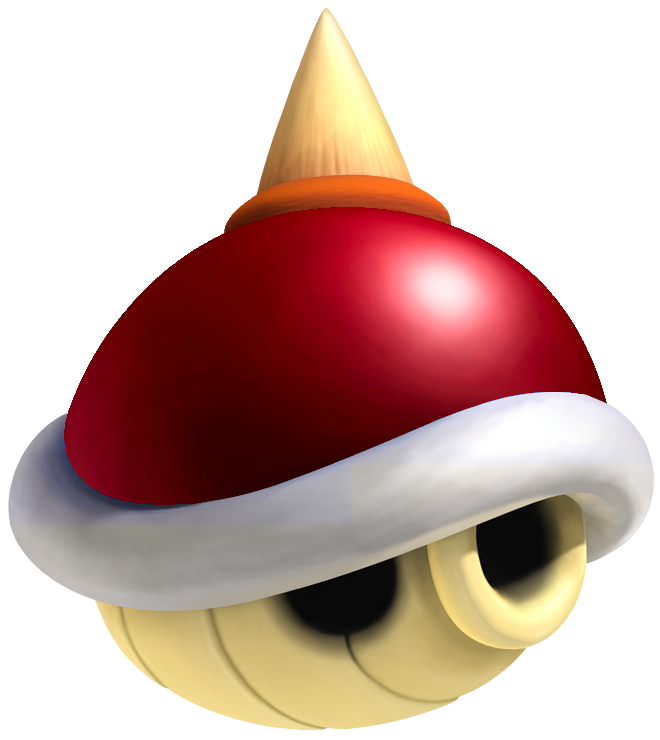

This species is preferred because it grows well under cultivation. Once native to Brazil, the species is now pan-tropical. The major commercial source of natural rubber latex is the Amazonian rubber tree ( Hevea brasiliensis), a member of the spurge family, Euphorbiaceae. Varieties Amazonian rubber tree ( Hevea brasiliensis) Industrial demand for rubber-like materials began to outstrip natural rubber supplies by the end of the 19th century, leading to the synthesis of synthetic rubber in 1909 by chemical means. In most of its useful forms, it has a large stretch ratio and high resilience and also is water-proof. Natural rubber is used extensively in many applications and products, either alone or in combination with other materials. The coagulated lumps are collected and processed into dry forms for sale. In major areas, latex is allowed to coagulate in the collection cup. The latex then is refined into the rubber that is ready for commercial processing. The latex is a sticky, milky and white colloid drawn off by making incisions in the bark and collecting the fluid in vessels in a process called "tapping". Types of polyisoprene that are used as natural rubbers are classified as elastomers.Ĭurrently, rubber is harvested mainly in the form of the latex from the rubber tree ( Hevea brasiliensis) or others. Thailand, Malaysia, and Indonesia are three of the leading rubber producers. Rubber, also called India rubber, latex, Amazonian rubber, caucho, or caoutchouc, as initially produced, consists of polymers of the organic compound isoprene, with minor impurities of other organic compounds.


 0 kommentar(er)
0 kommentar(er)
